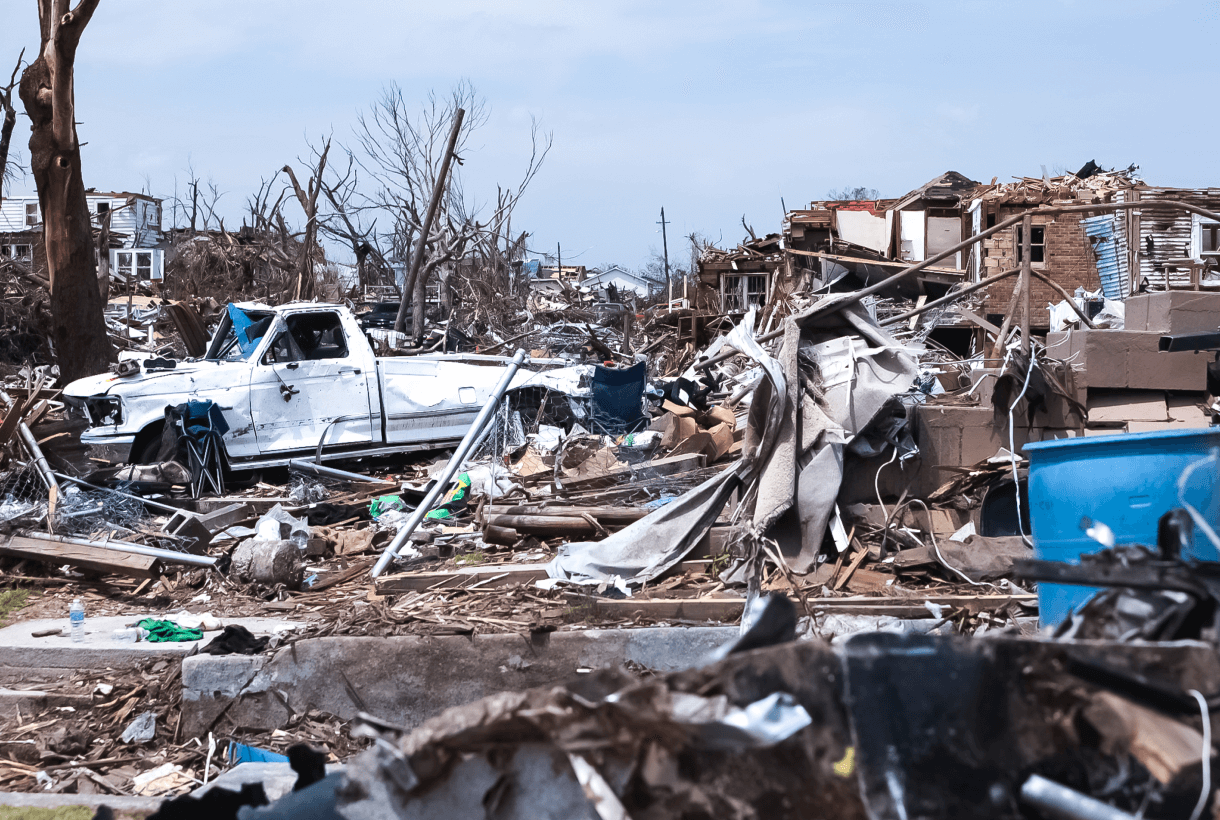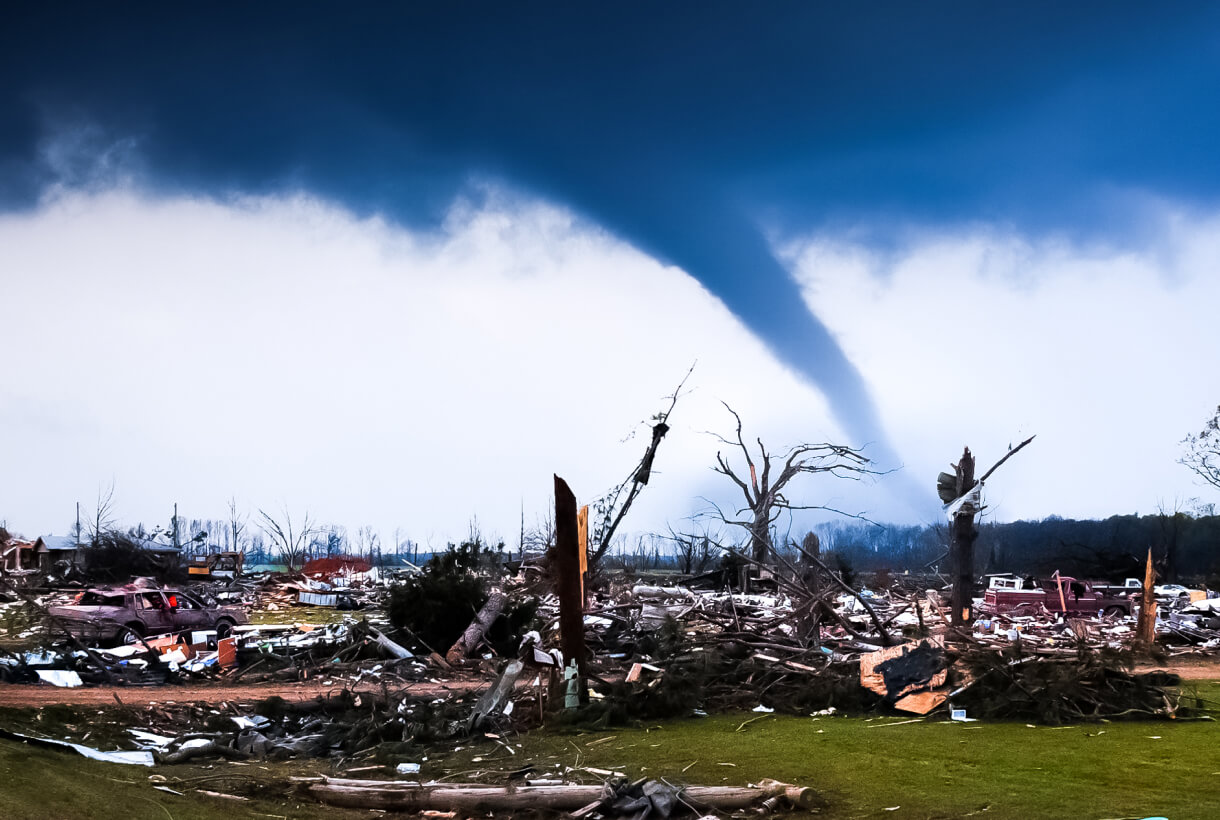In the past few decades, nature has been changing the predictable narrative we’ve come to expect from annual weather patterns. Storm and fire seasons are expanding, weather events are becoming more complex and hotspots are shifting to unexpected locations.
One such plot twist observed recently is a change in tornado behavior. Once primarily confined to the midwestern Tornado Alley, tornadoes have migrated east to Dixie Alley. In the first half of 2023, 57 percent of all U.S. tornado reports were in southern and Gulf states, versus 24 percent in the Midwest.
Tornado season is now longer, more intense and more unpredictable than ever before, demanding a strategic rewriting of extreme weather expectations, preparedness and response. Risk, security and emergency response leaders can help their organizations, agencies and communities survive new twister behavior by taking a proactive approach to risk management.
From Tornado Alley to Dixie Alley
Historically, the most favorable conditions for tornado formation have been in the flat terrain of the Midwest: Tornado Alley. More recently, there are several notable factors contributing to the migration of tornadoes to Dixie Alley:
- Warmer temperatures in the Gulf of Mexico directing water vapor into the southeastern U.S.
- A shift in the “dry line” dividing the wetter eastern states from the drier West
- Climate change and milder winters causing tornado season to start earlier, especially in the Southeast
In addition, the mountainous topography of southeastern states means that tornado events in Dixie Alley are more concentrated and complex than they are in the open spaces of Tornado Alley. Clusters of twisters formed from a single tornado supercell are becoming more likely in the east.
Southern states are more densely populated than those in the Midwest and often lack infrastructure like sirens and tornado shelters to protect people from extreme windstorms. The consequences of Dixie Alley tornadoes can be disastrous. In 2023, 66 percent of known tornado-related fatalities occurred in Dixie Valley.
Raise Your Level of Tornado Preparedness
Use this resource center to evaluate your preparedness and strengthen your overall resilience when managing the impact of tornadoes.
The Evolving Risk of Tornadoes
Twisters strike quickly and rip through anything in their path. But the damage they cause isn’t limited to where they touch down. Tornadoes pose a dynamic risk to communities. Organizations and government agencies need to prepare for cascading consequences.
The systems that produce tornadoes often are accompanied by heavy rain, lightning, hail and high winds. Storms and flooding compound the damage caused by tornadoes and make recovery more challenging. This is even more complicated in areas that aren’t historically prepared for tornadoes.
A deadly tornado with 200 mph winds tore through Mississippi in March 2023. In just over an hour, it destroyed or damaged more than 1,000 structures and killed 21 residents. Search and rescue teams had to contend with baseball-sized hail as they conducted their response.
Months later, the town of Rolling Fork, the epicenter of the tornado, was still managing fallout. Storms delayed cleanup, and residents and business owners struggled to rebuild. Experts estimated it would take five to 10 years to return to normal.
The damage and cost of a single tornado can be catastrophic, but a comprehensive risk management strategy can help reduce damage and strengthen organizational and agency resilience. The right technology can mean the difference between surviving and succumbing to dynamic risk.
Tornadoes Are Dynamic: Your Risk Management Should Be, Too
Tornadoes are unpredictable by nature, and their changing behavior only complicates response efforts. A critical event management platform can provide the capabilities to mitigate risk, minimize damage and promote recovery. One of the most critical elements in managing tornado-related threats is disseminating targeted, time-sensitive alerts to everyone in the scope of impact. To ensure maximum reach, the mass notification system must deliver geo-targeted, multi-language messages via phone, voicemail, SMS and desktop alerts, seamlessly integrating with other weather alerting systems.
As a tornado begins to build, alerts can be sent to residents about shelter locations and safety guidelines. Two-way communications enable users to declare themselves safe or request assistance. Afterward, the system can be used to share information about road closures and utility outages, as well as informing residents about recovery efforts.
Tornadoes and other extreme weather events are changing. Security, risk and emergency response leaders must adapt their strategies to keep up. Learn more by visiting our Tornado Preparedness Kit.


